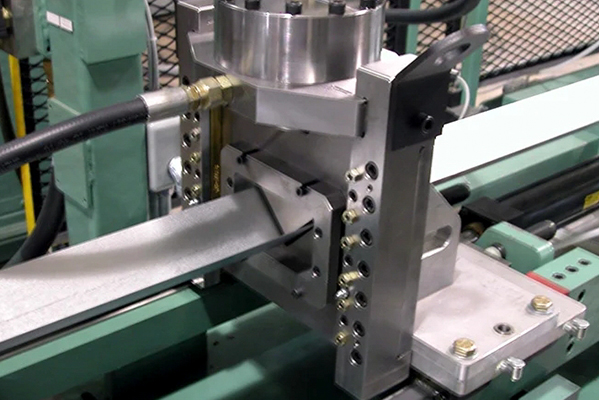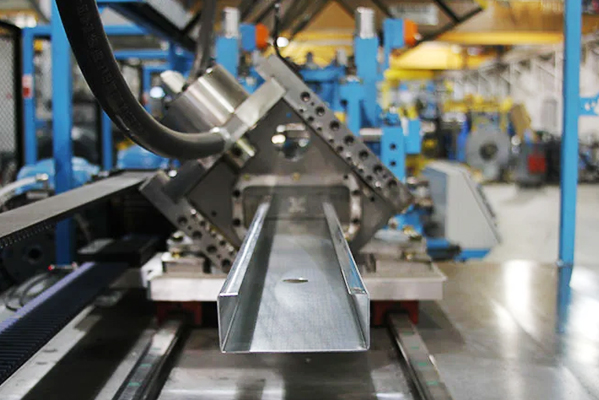Navigation Menu
Contact Us
- Email:
- info@wxavatar.com
- Address:
- Yurong Village, Yuqi Street, Huishan District, Wuxi, China.
Release Date:Apr 11, 2025 Visit:8 Source:Roll Forming Machine Factory
Framing structures form the essential skeleton of buildings, providing support and shape to various construction projects. Different materials are employed in framing, each offering distinct characteristics that suit specific architectural needs. The selection of framing materials depends on factors such as structural requirements, cost, and local building codes.
Wood
Wood is a traditional and widely used material in framing structures. It is lightweight, easy to work with, and readily available. Common types of wood used in framing include spruce, pine, and fir, which provide sufficient strength for residential and light commercial buildings. Wood framing allows for flexibility in design and can be adapted to various architectural styles. Additionally, wood is compatible with many fastening methods, such as nails and screws, making construction efficient.

Steel
Steel is another common material used in framing, particularly in commercial and industrial buildings. It offers high strength and durability, making it suitable for structures requiring long spans and heavy loads. Steel framing is resistant to pests and does not warp or shrink over time, contributing to structural stability. Light-gauge steel framing is often used in residential construction, while heavier steel sections are employed in high-rise buildings and large-scale projects.
Concrete
Concrete framing is frequently used in both residential and commercial construction, especially in regions prone to extreme weather conditions. Reinforced concrete, which includes steel bars or mesh, enhances the material’s tensile strength, making it suitable for foundations, columns, and beams. Concrete frames provide excellent fire resistance and sound insulation, contributing to the overall safety and comfort of a building.
Masonry
Masonry materials, such as brick and concrete blocks, are sometimes used in framing, particularly in load-bearing wall systems. These materials offer durability and thermal mass, helping to regulate indoor temperatures. Masonry framing is often seen in traditional and historic buildings, as well as in regions where local materials are readily available.
Composite Materials
Some modern framing systems incorporate composite materials, which combine different substances to enhance structural performance. For example, engineered wood products like laminated veneer lumber (LVL) and cross-laminated timber (CLT) provide increased strength and dimensional stability compared to traditional lumber. These materials are often used in larger wood-framed structures where additional support is needed.

Conclusion
The choice of framing materials depends on the specific needs of a construction project, including structural demands, budget, and environmental conditions. Wood, steel, concrete, masonry, and composite materials each offer unique advantages, allowing builders to select the most appropriate option for their designs. By understanding the properties of these materials, architects and engineers can create durable and efficient framing systems for various types of buildings.